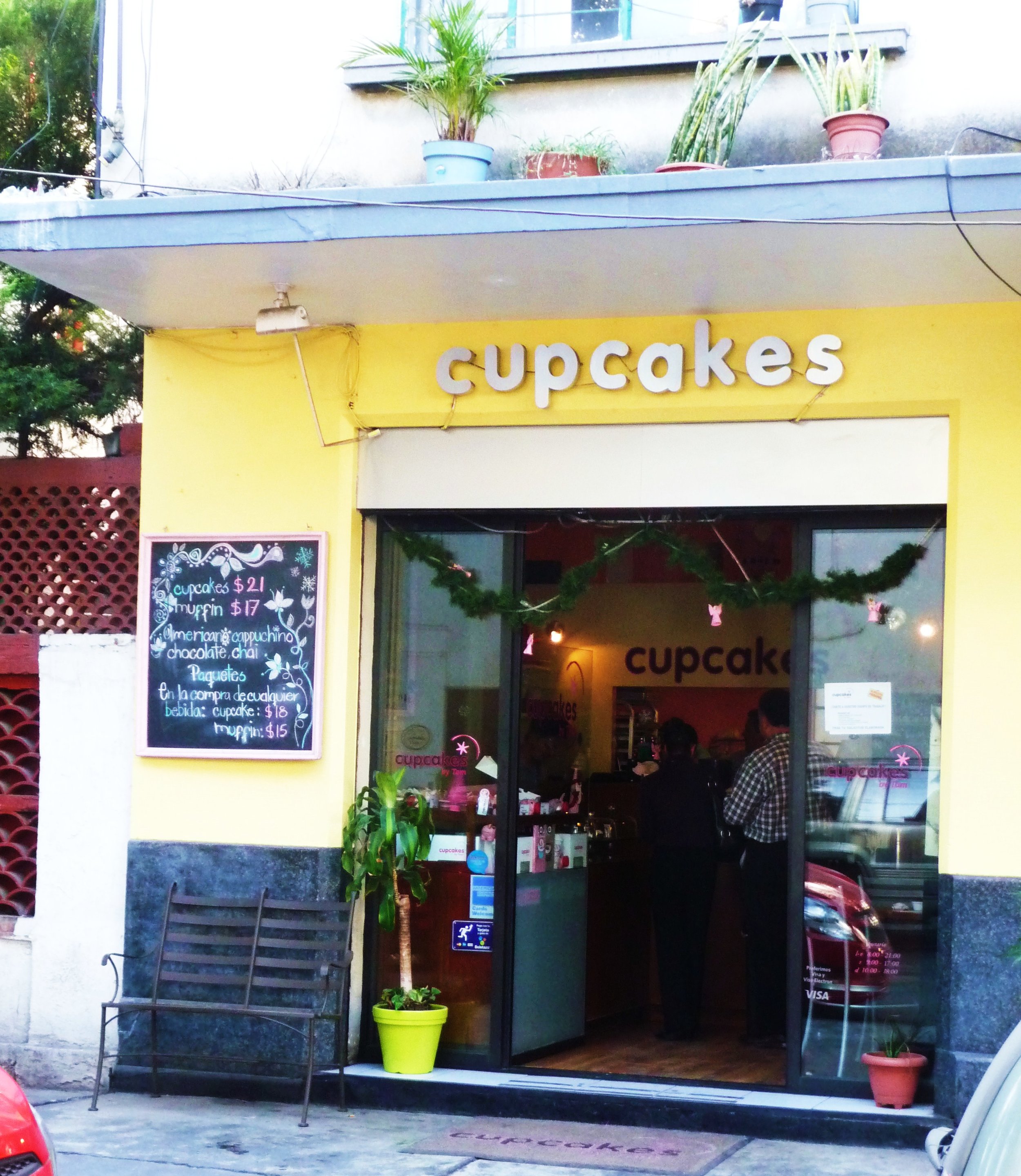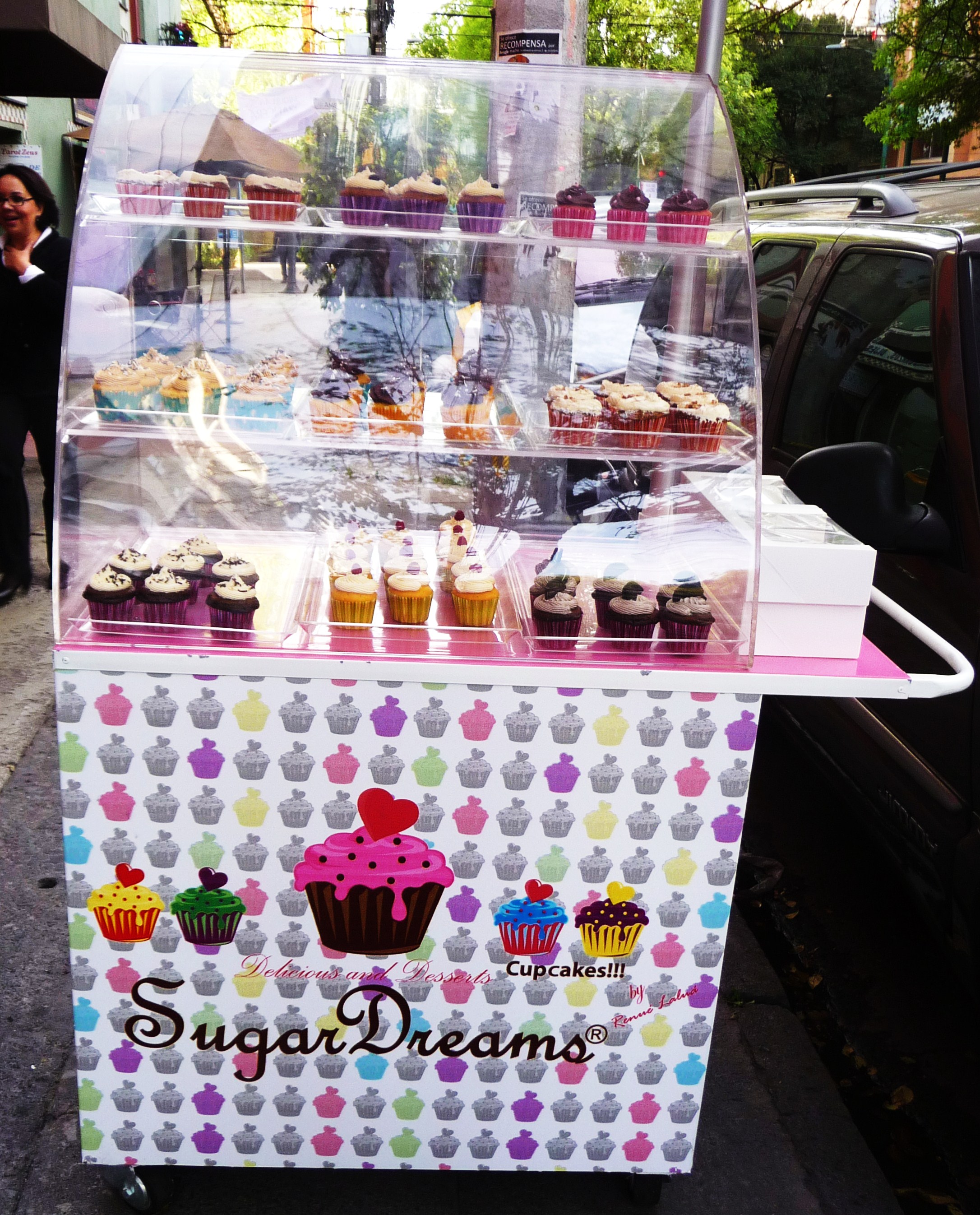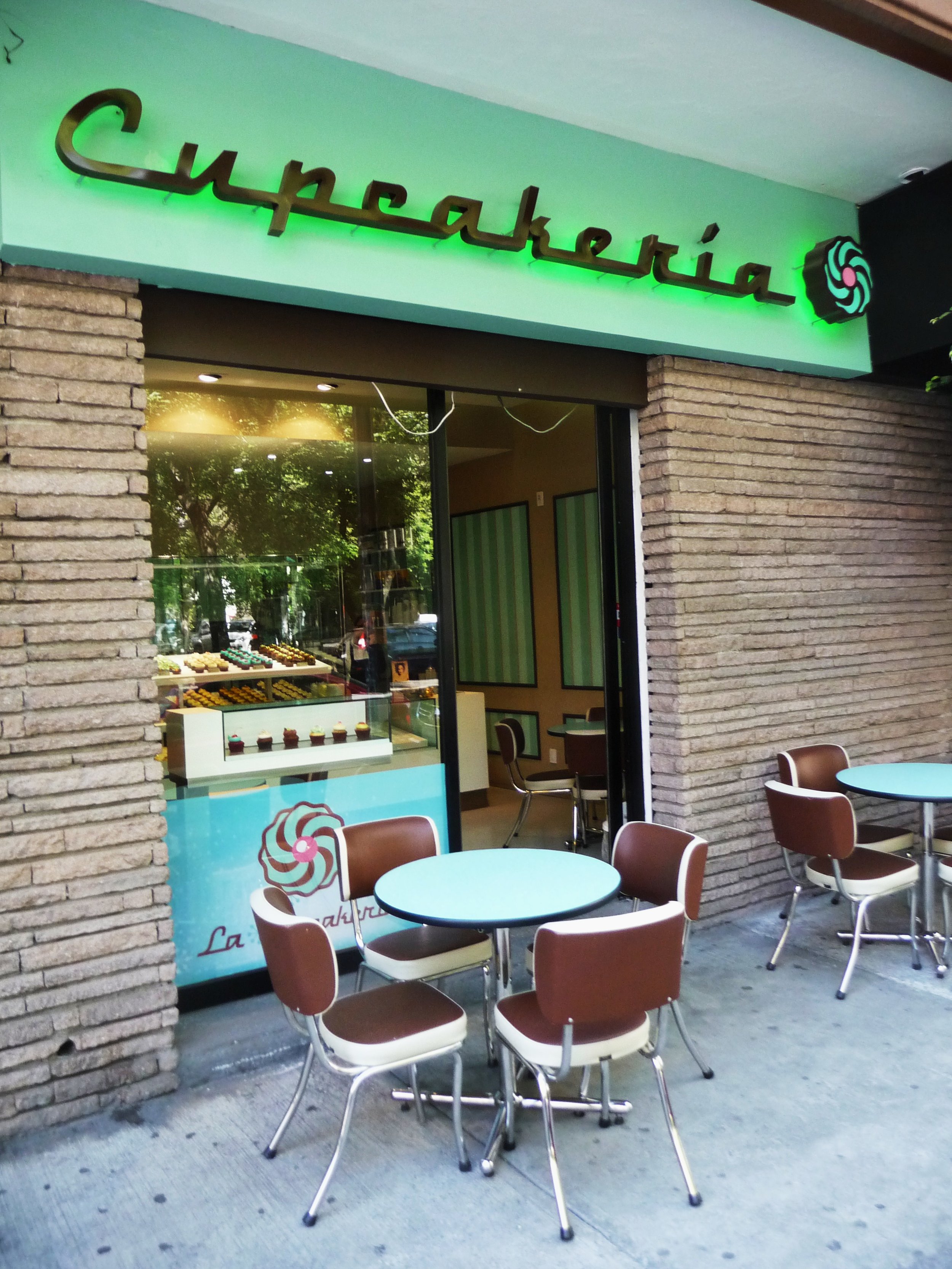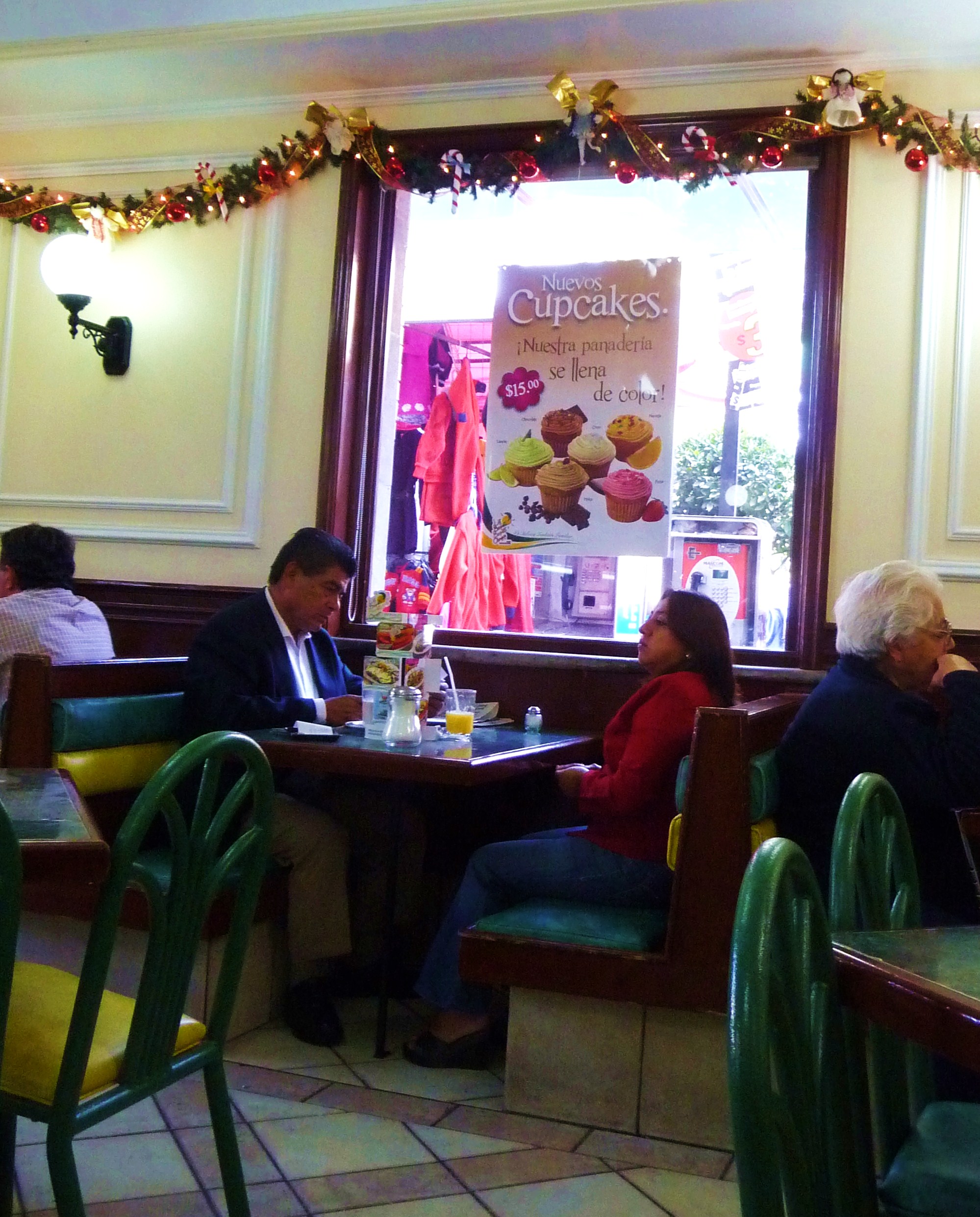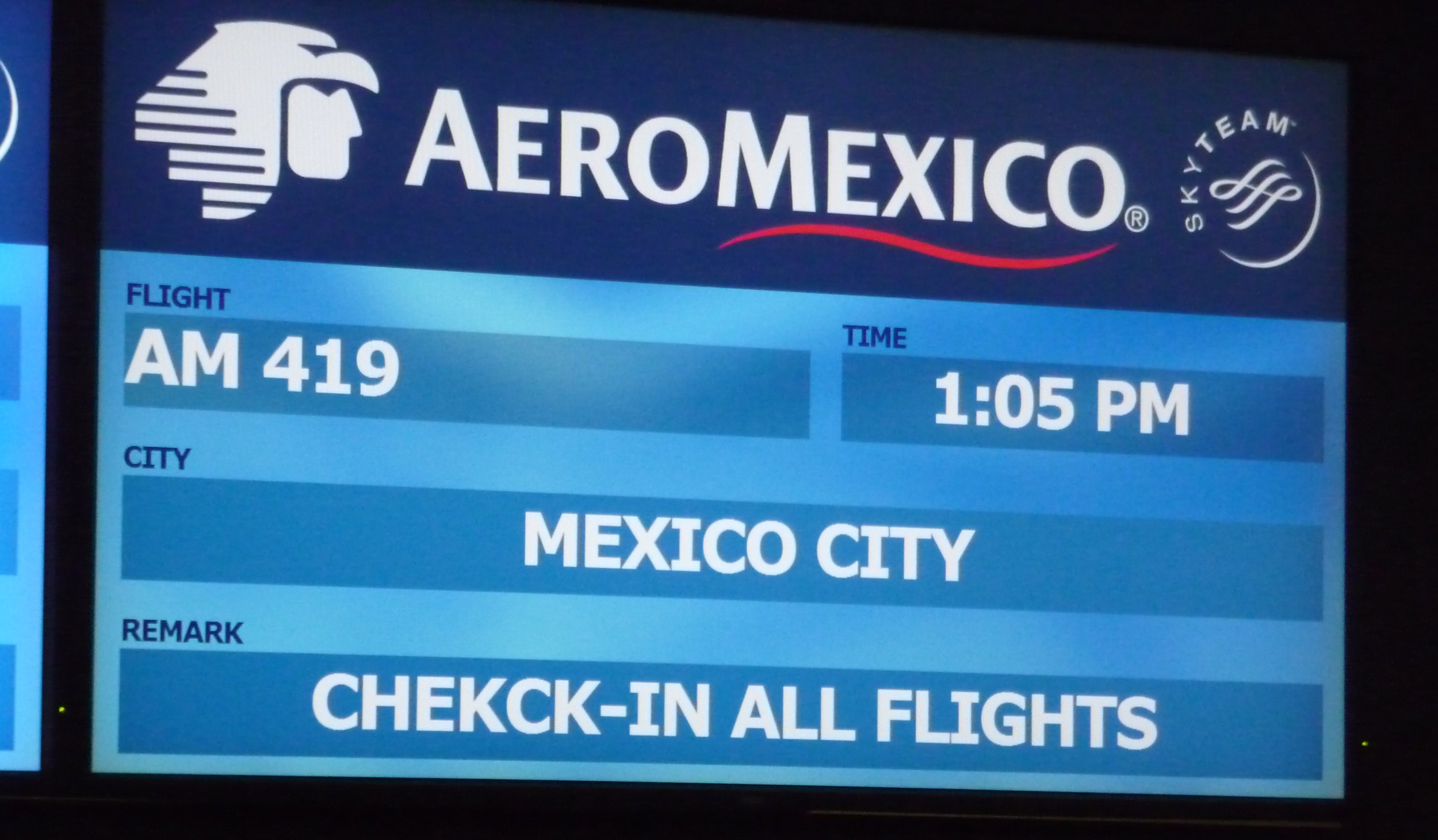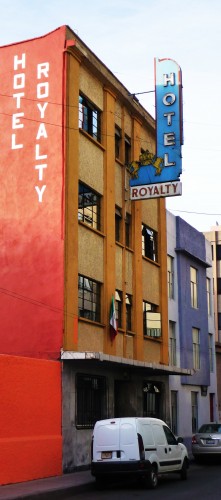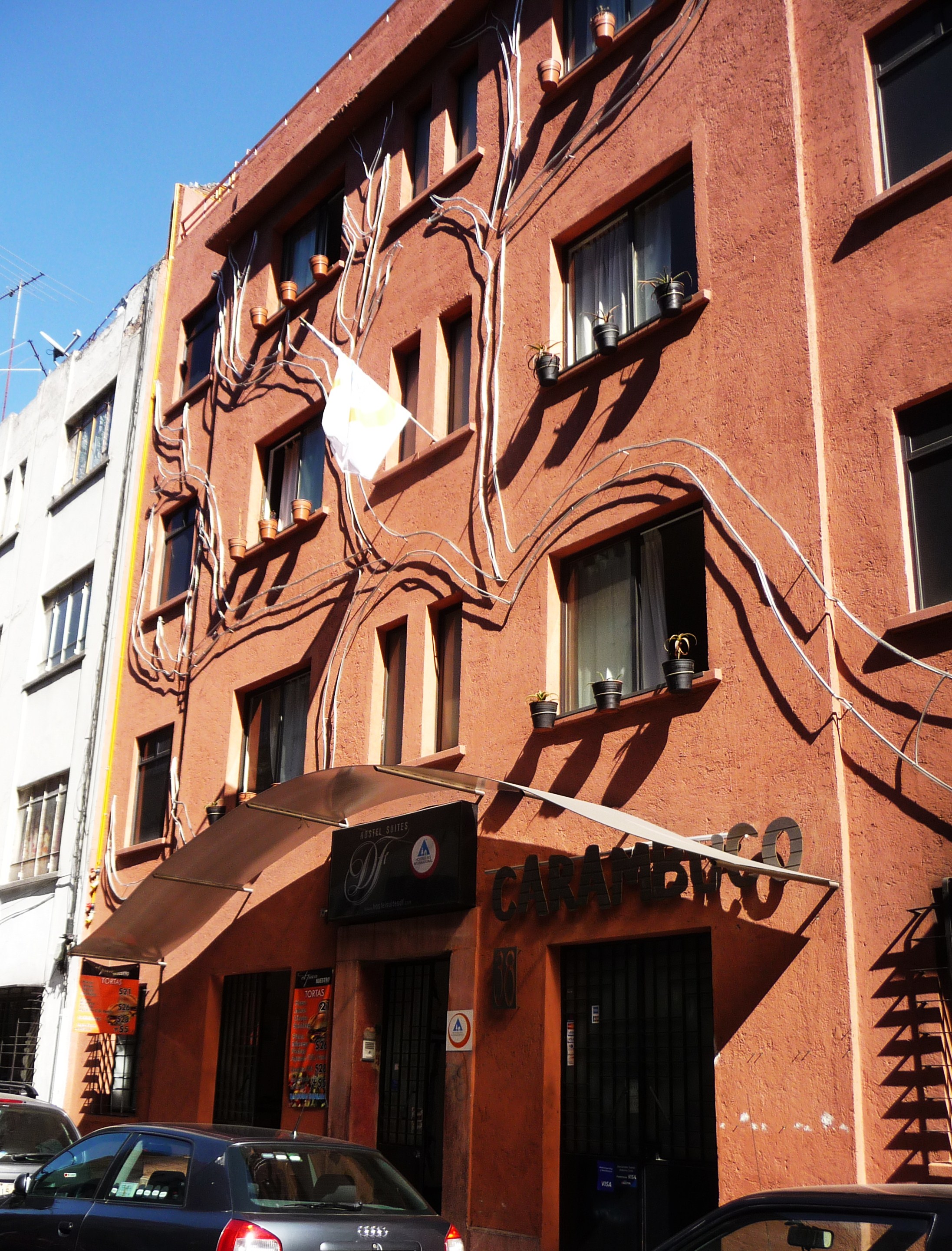One of the first posts I published on this blog was about my dear friend, the noted author Sergio González Rodríguez, whose books have been translated into various languages -- but not English. Until now.
For its Interventions series, the publisher Semiotexte commissioned an original book by Sergio called Femicide Machine. It is a chilling little work about how in Ciudad Juárez murder, mayhem and lawlessness became the norm, thanks to a government that -- implicitly and explicitly -- either looked the other way or even sanctioned such activity. It is a cold-eyed analysis of the sociopolitical and economic conditions that produce the specific brand of horror that is contemporary Juárez, a city that has distinguished itself as the homicide capital of the world.
His books have been published in Spanish, French, German and Italian. It's about time that one of them became available in English -- even better, in an excellent translation by another amigo, Michael Parker-Stainback.
For friends in New York: On March 31, at 6 pm, Sergio will be speaking at Artists Space at 38 Greene Street, 3rd floor, in SoHo, as part of a symposium called The City Machine and Its Streets: Anomalous Ecologies. On April 2 at 6:30 pm, he'll be at the Center for the Humanities at CUNY, 365 Fifth Avenue. This particular event takes place in the Skylight Room (9100), which sounds like a cocktail lounge -- which, as Sergio's friends know, would be an eminently appropriate venue.



